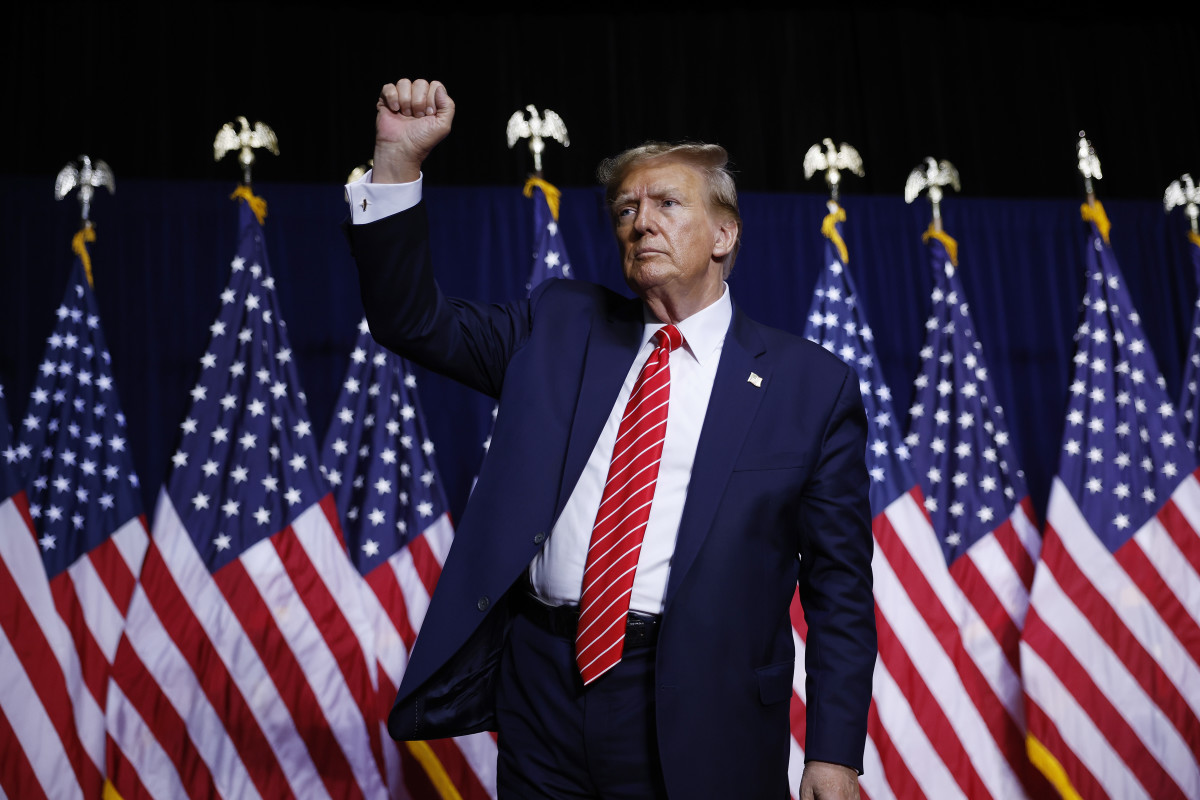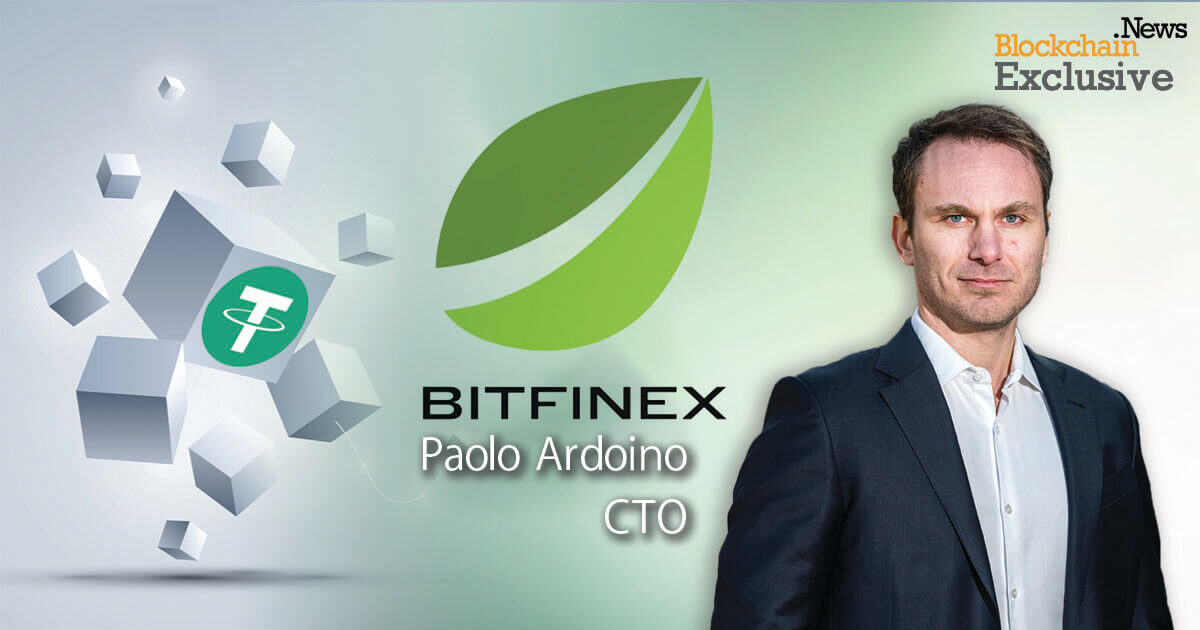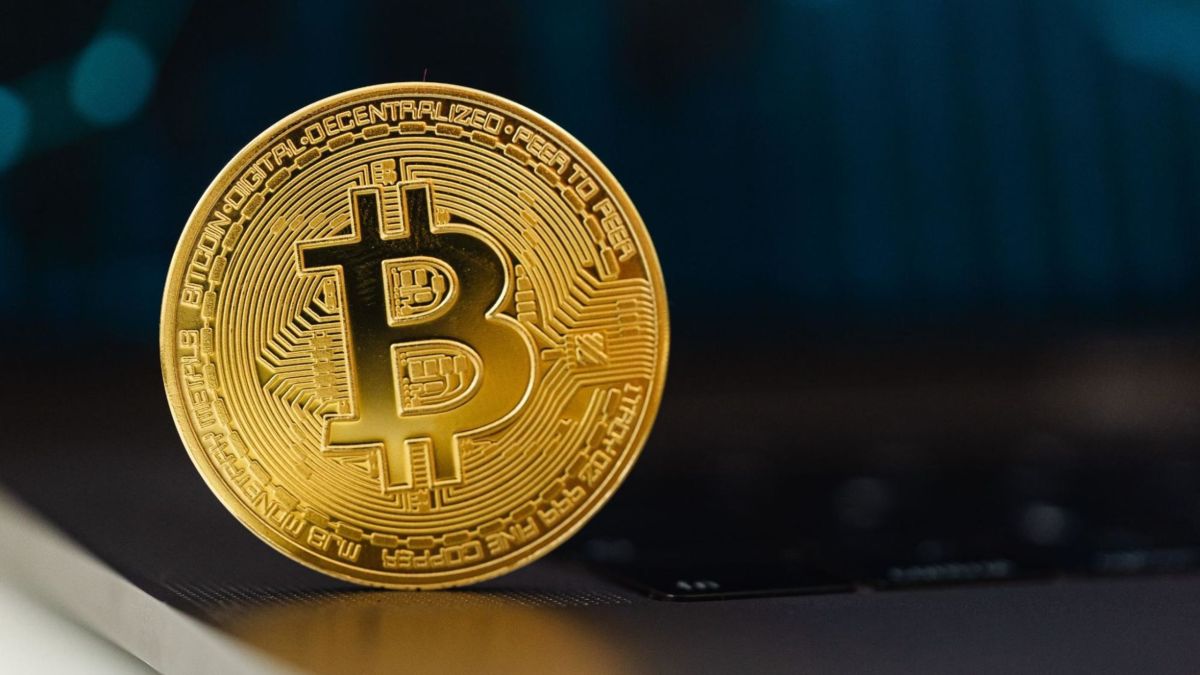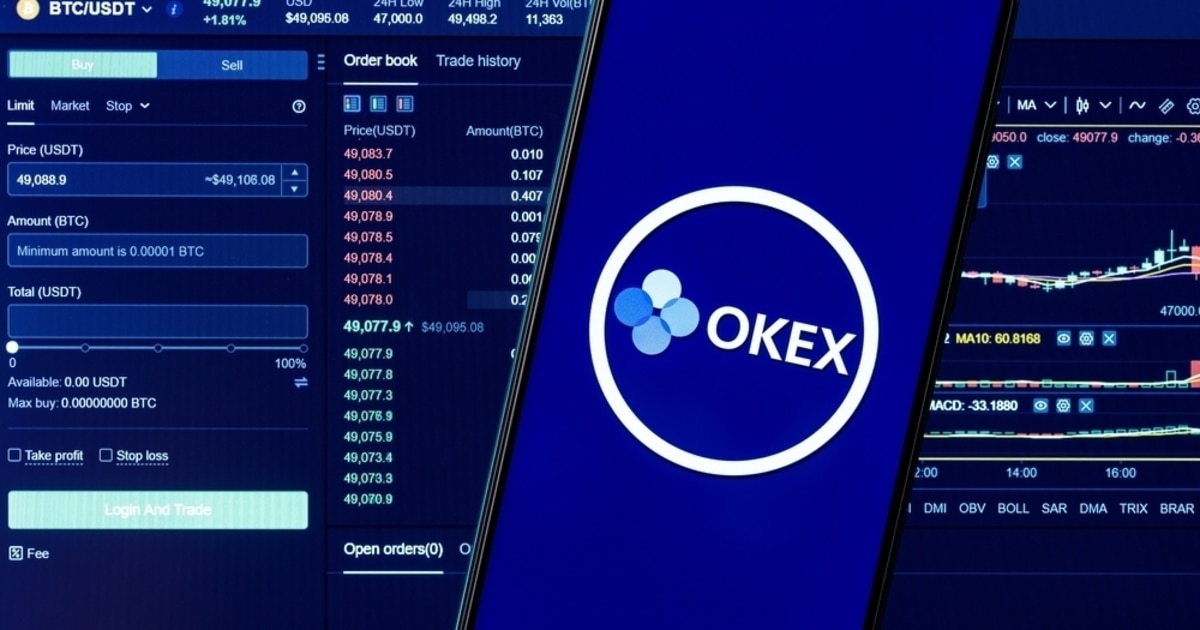IOSCO, a global body for securities regulators, and a committee at the Bank for International Settlements (BIS) published guidance on Wednesday, stating when existing payments regulations should apply to stablecoins.
“Recent developments in the cryptoasset market have again brought urgency for authorities to address the potential risks posed by cryptoassets, including stablecoins more broadly,” said Sir Jon Cunliffe, the Chair of the CPMI and Deputy Governor for Financial Stability at the Bank of England.
Indeed, the crypto market is going through turmoil, not only because of bearish price trends but also because of the collapse of several high-flying businesses. TerraUSD, an algorithmic stablecoin Stablecoin Unlike other cryptocurrencies like Bitcoin and Ethereum, stablecoins are cryptocurrencies that have been designed to keep a stable value. Placing a greater emphasis on stability over volatility can be a huge draw for some investors. Many individuals can be turned off from large swings and uncertainty presented by cryptos relative to other traditional assets.Stablecoins control for this volatility by being pegged to another cryptocurrency, fiat money, or to exchange-traded commodities, including gold, silver, or others. Advantages of StablecoinsOf note, stablecoins redeemable in currency, commodities, or fiat money are also said to be backed, whereas those tied to an algorithm are not considered to be so.There are several advantages of asset backed crypto. First, these coins are stabilized by assets that fluctuate outside of the crypto space, that is. This can help mitigate the financial risk associated with these assets.For example, Bitcoin and altcoins are highly correlated, so that cryptocurrency holders cannot escape periodic price falls. Stablecoins control for this vulnerability, allowing for the diversification of risk in a portfolio.Stablecoins also possess a mechanism for redeeming the asset backing them. This grants an additional level of confidence associated with the coin and are unlikely to drop below the value of the underlying physical asset, due to the effects such as arbitrage.For example, fiat-pegged coins are coins that are tied to a specified amount of fiat currency, usually on a one-to-one ratio (i.e.1 StablecoinX = $1). The companies that issue these currencies must have fiat reserves in the equivalent amount of the stablecoins they have issued.Crypto-pegged stablecoins constitute coins that are tied to a specified amount of another cryptocurrency, such as Bitcoin or Ethereum. Algorithmic stablecoins use supply-and-demand to automatically maintain a stable value. Unlike other cryptocurrencies like Bitcoin and Ethereum, stablecoins are cryptocurrencies that have been designed to keep a stable value. Placing a greater emphasis on stability over volatility can be a huge draw for some investors. Many individuals can be turned off from large swings and uncertainty presented by cryptos relative to other traditional assets.Stablecoins control for this volatility by being pegged to another cryptocurrency, fiat money, or to exchange-traded commodities, including gold, silver, or others. Advantages of StablecoinsOf note, stablecoins redeemable in currency, commodities, or fiat money are also said to be backed, whereas those tied to an algorithm are not considered to be so.There are several advantages of asset backed crypto. First, these coins are stabilized by assets that fluctuate outside of the crypto space, that is. This can help mitigate the financial risk associated with these assets.For example, Bitcoin and altcoins are highly correlated, so that cryptocurrency holders cannot escape periodic price falls. Stablecoins control for this vulnerability, allowing for the diversification of risk in a portfolio.Stablecoins also possess a mechanism for redeeming the asset backing them. This grants an additional level of confidence associated with the coin and are unlikely to drop below the value of the underlying physical asset, due to the effects such as arbitrage.For example, fiat-pegged coins are coins that are tied to a specified amount of fiat currency, usually on a one-to-one ratio (i.e.1 StablecoinX = $1). The companies that issue these currencies must have fiat reserves in the equivalent amount of the stablecoins they have issued.Crypto-pegged stablecoins constitute coins that are tied to a specified amount of another cryptocurrency, such as Bitcoin or Ethereum. Algorithmic stablecoins use supply-and-demand to automatically maintain a stable value. Read this Term, collapsed first and then several crypto lenders and brokerages.
“The recent market disruptions, while costly for many, were not systemic events… Such events could become systemic in the future, especially given the strong growth in these markets and the increasing linkages between crypto-assets and with traditional finance,” Sir Cunliffe added.
Advantages of Stablecoins
The two global financial industry bodies also acknowledged the advantages of stablecoins over the existing financial market infrastructure. On top of that, these prompted the guidance to elaborate on governance, risk management, settlement finality and money settlements.
“Our risk management, governance and transparency standards for existing financial market infrastructures are stringent. We expect the same level of robustness and strength in these aspects in systemically important stablecoin arrangements,” said Ashley Alder, the Chair of the IOSCO and the future Chair of the United Kingdom’s FCA.
The guidance stressed the risks of stablecoins’ interaction with cryptos and decentralized finance (DeFi) protocols, which could lead to a “fragmented and fragile monetary system.”
Now, the two bodies called for cooperation between central banks and other authorities to bring strong regulations for the stablecoins.
IOSCO, a global body for securities regulators, and a committee at the Bank for International Settlements (BIS) published guidance on Wednesday, stating when existing payments regulations should apply to stablecoins.
“Recent developments in the cryptoasset market have again brought urgency for authorities to address the potential risks posed by cryptoassets, including stablecoins more broadly,” said Sir Jon Cunliffe, the Chair of the CPMI and Deputy Governor for Financial Stability at the Bank of England.
Indeed, the crypto market is going through turmoil, not only because of bearish price trends but also because of the collapse of several high-flying businesses. TerraUSD, an algorithmic stablecoin Stablecoin Unlike other cryptocurrencies like Bitcoin and Ethereum, stablecoins are cryptocurrencies that have been designed to keep a stable value. Placing a greater emphasis on stability over volatility can be a huge draw for some investors. Many individuals can be turned off from large swings and uncertainty presented by cryptos relative to other traditional assets.Stablecoins control for this volatility by being pegged to another cryptocurrency, fiat money, or to exchange-traded commodities, including gold, silver, or others. Advantages of StablecoinsOf note, stablecoins redeemable in currency, commodities, or fiat money are also said to be backed, whereas those tied to an algorithm are not considered to be so.There are several advantages of asset backed crypto. First, these coins are stabilized by assets that fluctuate outside of the crypto space, that is. This can help mitigate the financial risk associated with these assets.For example, Bitcoin and altcoins are highly correlated, so that cryptocurrency holders cannot escape periodic price falls. Stablecoins control for this vulnerability, allowing for the diversification of risk in a portfolio.Stablecoins also possess a mechanism for redeeming the asset backing them. This grants an additional level of confidence associated with the coin and are unlikely to drop below the value of the underlying physical asset, due to the effects such as arbitrage.For example, fiat-pegged coins are coins that are tied to a specified amount of fiat currency, usually on a one-to-one ratio (i.e.1 StablecoinX = $1). The companies that issue these currencies must have fiat reserves in the equivalent amount of the stablecoins they have issued.Crypto-pegged stablecoins constitute coins that are tied to a specified amount of another cryptocurrency, such as Bitcoin or Ethereum. Algorithmic stablecoins use supply-and-demand to automatically maintain a stable value. Unlike other cryptocurrencies like Bitcoin and Ethereum, stablecoins are cryptocurrencies that have been designed to keep a stable value. Placing a greater emphasis on stability over volatility can be a huge draw for some investors. Many individuals can be turned off from large swings and uncertainty presented by cryptos relative to other traditional assets.Stablecoins control for this volatility by being pegged to another cryptocurrency, fiat money, or to exchange-traded commodities, including gold, silver, or others. Advantages of StablecoinsOf note, stablecoins redeemable in currency, commodities, or fiat money are also said to be backed, whereas those tied to an algorithm are not considered to be so.There are several advantages of asset backed crypto. First, these coins are stabilized by assets that fluctuate outside of the crypto space, that is. This can help mitigate the financial risk associated with these assets.For example, Bitcoin and altcoins are highly correlated, so that cryptocurrency holders cannot escape periodic price falls. Stablecoins control for this vulnerability, allowing for the diversification of risk in a portfolio.Stablecoins also possess a mechanism for redeeming the asset backing them. This grants an additional level of confidence associated with the coin and are unlikely to drop below the value of the underlying physical asset, due to the effects such as arbitrage.For example, fiat-pegged coins are coins that are tied to a specified amount of fiat currency, usually on a one-to-one ratio (i.e.1 StablecoinX = $1). The companies that issue these currencies must have fiat reserves in the equivalent amount of the stablecoins they have issued.Crypto-pegged stablecoins constitute coins that are tied to a specified amount of another cryptocurrency, such as Bitcoin or Ethereum. Algorithmic stablecoins use supply-and-demand to automatically maintain a stable value. Read this Term, collapsed first and then several crypto lenders and brokerages.
“The recent market disruptions, while costly for many, were not systemic events… Such events could become systemic in the future, especially given the strong growth in these markets and the increasing linkages between crypto-assets and with traditional finance,” Sir Cunliffe added.
Advantages of Stablecoins
The two global financial industry bodies also acknowledged the advantages of stablecoins over the existing financial market infrastructure. On top of that, these prompted the guidance to elaborate on governance, risk management, settlement finality and money settlements.
“Our risk management, governance and transparency standards for existing financial market infrastructures are stringent. We expect the same level of robustness and strength in these aspects in systemically important stablecoin arrangements,” said Ashley Alder, the Chair of the IOSCO and the future Chair of the United Kingdom’s FCA.
The guidance stressed the risks of stablecoins’ interaction with cryptos and decentralized finance (DeFi) protocols, which could lead to a “fragmented and fragile monetary system.”
Now, the two bodies called for cooperation between central banks and other authorities to bring strong regulations for the stablecoins.

You can get bonuses upto $100 FREE BONUS when you:
💰 Install these recommended apps:
💲 SocialGood - 100% Crypto Back on Everyday Shopping
💲 xPortal - The DeFi For The Next Billion
💲 CryptoTab Browser - Lightweight, fast, and ready to mine!
💰 Register on these recommended exchanges:
🟡 Binance🟡 Bitfinex🟡 Bitmart🟡 Bittrex🟡 Bitget
🟡 CoinEx🟡 Crypto.com🟡 Gate.io🟡 Huobi🟡 Kucoin.


















Comments